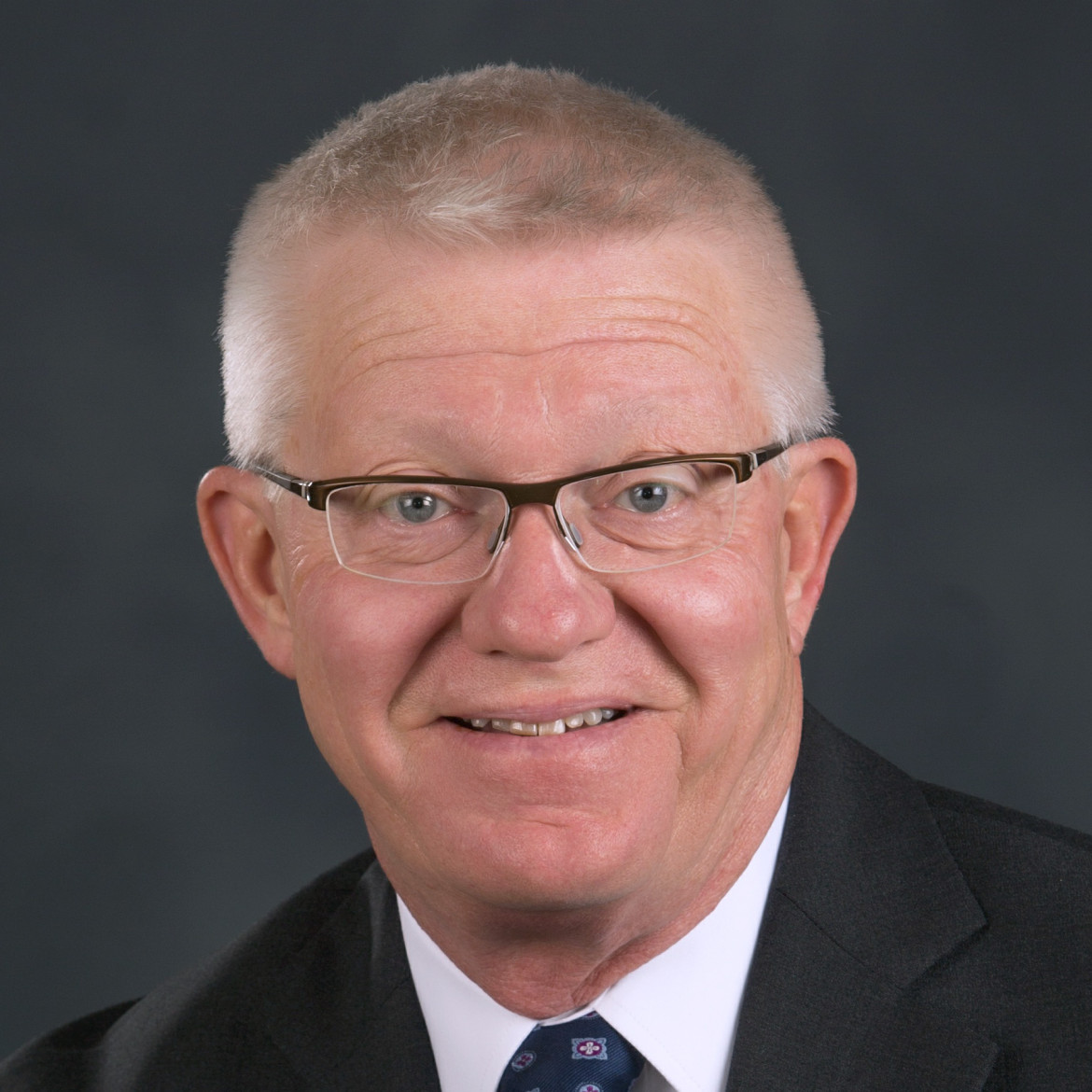 The headlines and sound bites described behavior gone wrong — a teenager in a South Carolina classroom refusing to put away her cellphone and a police officer using physical force to respond to a nonthreatening situation. He arrested her for disturbing the classroom after upending her desk and dragging her across the classroom.
The headlines and sound bites described behavior gone wrong — a teenager in a South Carolina classroom refusing to put away her cellphone and a police officer using physical force to respond to a nonthreatening situation. He arrested her for disturbing the classroom after upending her desk and dragging her across the classroom.
The viral video of the event creates disturbing questions about cops in schools. Less media attention was paid to the student demonstration that followed — 100 students walked out of the high school in protest of the firing of the sheriff’s deputy. The principal addressed the student demonstrators and acknowledged their feelings and viewpoints and then asked them to return to class with the reminder that “Spring Valley High is all about the business of teaching and learning.”
Unfortunately, this intersection between the frustration with teenage behavior and forcible police conduct is repeated throughout the United States. In September 2014, three Houston officers forcibly detained a teenage girl who refused to give up her cellphone in class. The video shows them taking her to the floor, with one officer kneeling on her head and another kneeling on her legs, while the third cuffs her. Even more shocking are the allegations in an ACLU suit against the Kenton County (Kentucky) Sheriff’s Office in another September 2014 incident. The suit alleges that an 8-year-old boy and a 9-year-old girl were handcuffed because of a school disturbance. The question is why?
School Resource Officers (SROs) were placed in schools during the 1990s as one of the responses to the perceived increase in school violence and as part of the evergreen war on drugs. Government grants were and still often are used to fund the salaries of SROs. When these funds run out, schools and municipal police departments negotiate the costs, often without considering the talents of the officers or the effects of their services.
 Through this funding, schools found a way to outsource discipline and create more time for teaching and learning, but effective use of the resource requires much more than handing over the keys to the school. Community policing strategies support the informed use of police relationships in schools. When done right, officers perform good service to children and educational institutions alike.
Through this funding, schools found a way to outsource discipline and create more time for teaching and learning, but effective use of the resource requires much more than handing over the keys to the school. Community policing strategies support the informed use of police relationships in schools. When done right, officers perform good service to children and educational institutions alike.
How do we explain the kind of police behavior described above? I have no definitive answers, but I think there are areas to explore.
[Related: ‘Disturbing Schools’ Law and School Resource Officers Criminalize Teens]
First is staff selection. Some officers are assigned to schools because they don’t fit into traditional police roles. The public has little ability to judge this police management responsibility because much of their information comes from TV and movie dramas instead of real world knowledge or experience.
Second, all law enforcement officers operate outside the view and presence of their supervisors. For SROs, it may take active participation by parents or advocates to call attention to problem officers. In fact, I heard a very senior commander in a very large city ask “What is an SRO?” when asked about school policing during a recent public seminar. If management doesn’t know the role of a police officer in a school, it is difficult to know how that officer is performing.
Finally, we need to understand the training for new and continuing SROs. All cops need and receive training for personal safety, firearms, restraints and crowd control. Cops in schools need more than that: adolescent brain development, mental health conditions in children, the effects of trauma on behavior and much more. Fundamentally, SROs need to learn de-escalation techniques, crisis intervention and how to use their most effective tool — talking.
What can be done to improve or lessen the use of police in schools? State advisory groups can and should collaborate with law enforcement trainings and conferences to utilize the tremendous wealth of science, knowledge and experience around youth in the justice system. Law enforcement must be invited to educational forums and community conversations. Advocates for reform must carry current knowledge to schools and stationhouses. State advisory groups on juvenile justice can advocate against outsourcing school discipline and for data-driven approaches like Positive Behavior Interventions and Supports.
I know conscientious, well-trained school officers who are key players in ending the school-to-prison pipeline, who practice restorative justice approaches to school conflict and who are leaders in decriminalizing adolescent behavior. SROs can be part of keeping all kids safer. We have to make sure they are doing that job with the right selection, temperament, training and supervision wherever there are cops in schools.
Judge George W. Timberlake, Ret., is chair of the Illinois Juvenile Justice Commission, and an alternate member of Federal Advisory Committee on Juvenile Justice. He was a trial court judge for 23 years before retiring as chief judge of Illinois' 2nd Circuit. He is a member of the Illinois Models for Change Coordinating Council, the Illinois Juvenile Justice Leadership Council, the Redeploy Illinois Oversight Board and the board of the state Juvenile Justice Initiative.
More related articles:
Children’s Rights Groups Against Giving School Cops Military Hardware
L.A. Judge Objects to School Police Getting Millions Reserved for Struggling Students
North Carolina Complaint Alleges Excessive Force by Police in Schools
OP-ED: UN Calls Out US on Police Violence, Criminalization of Youth of Color
